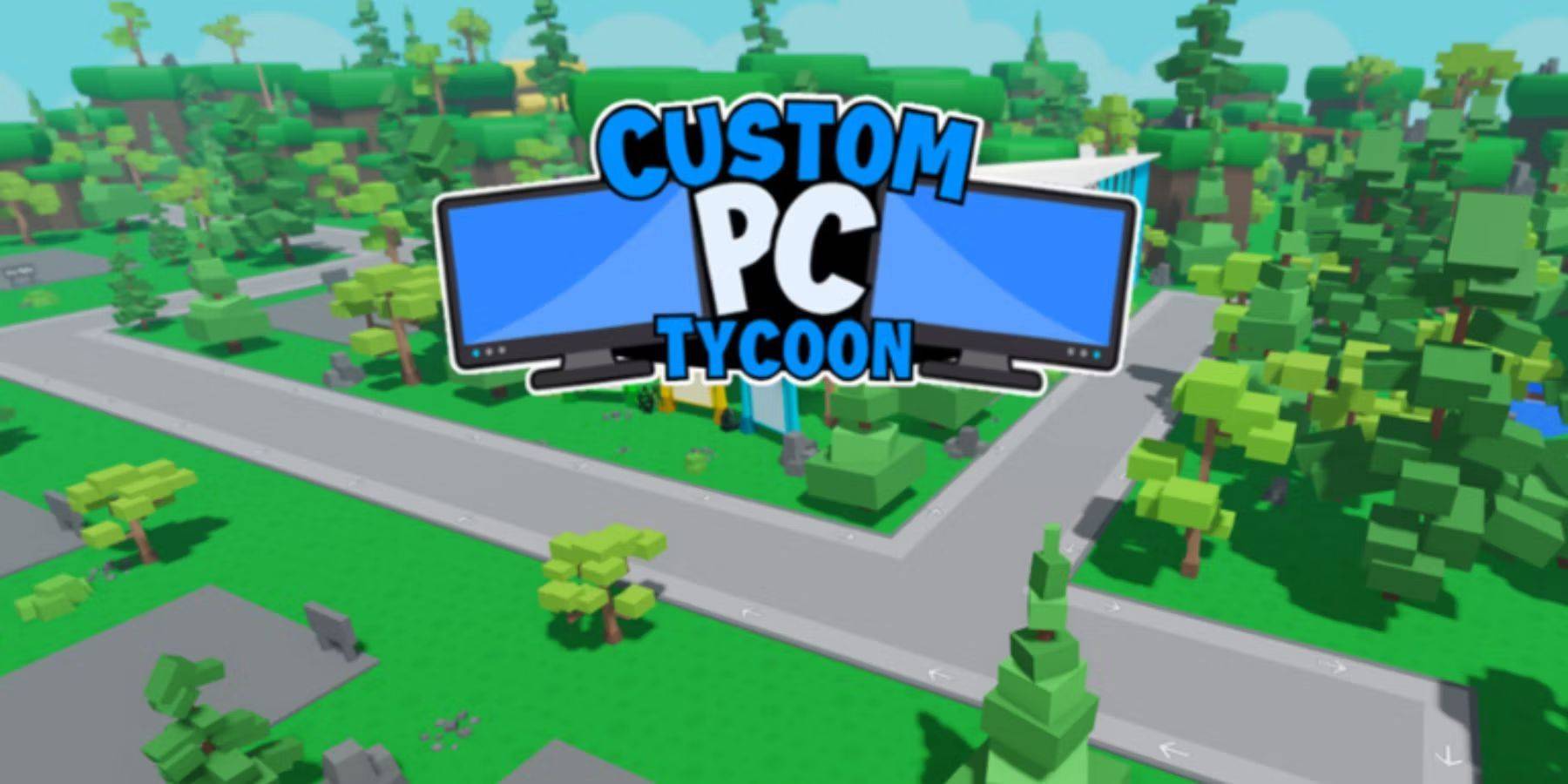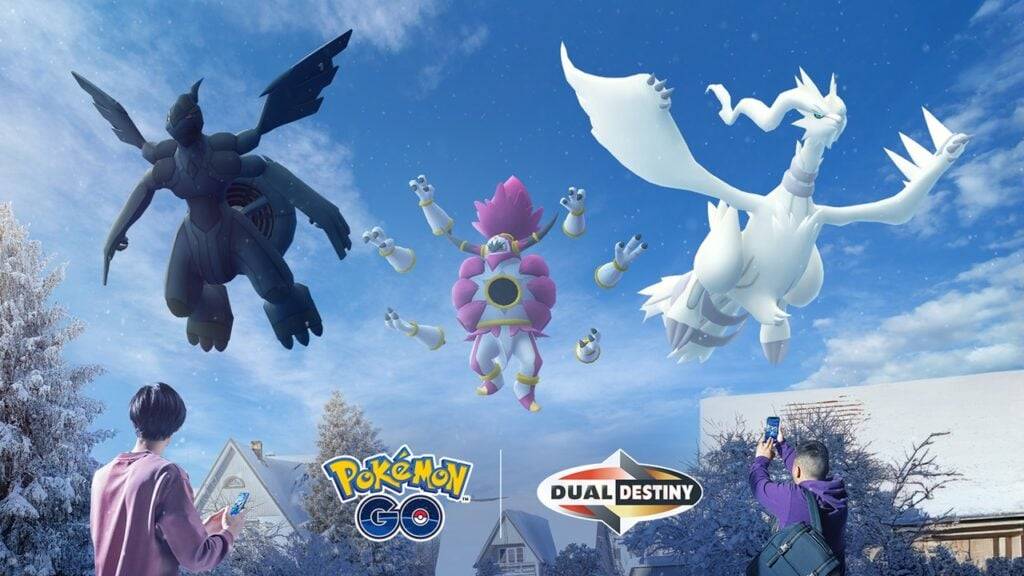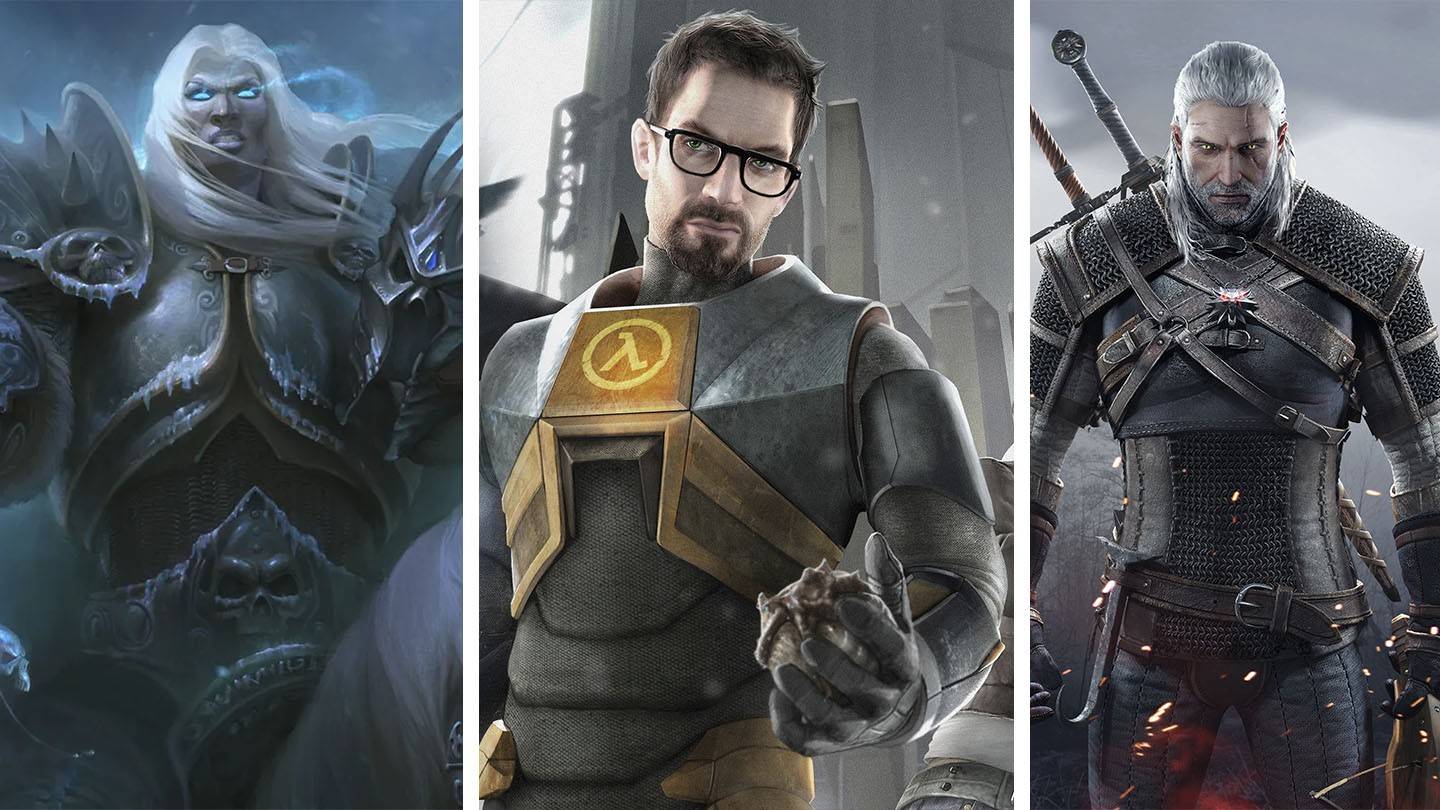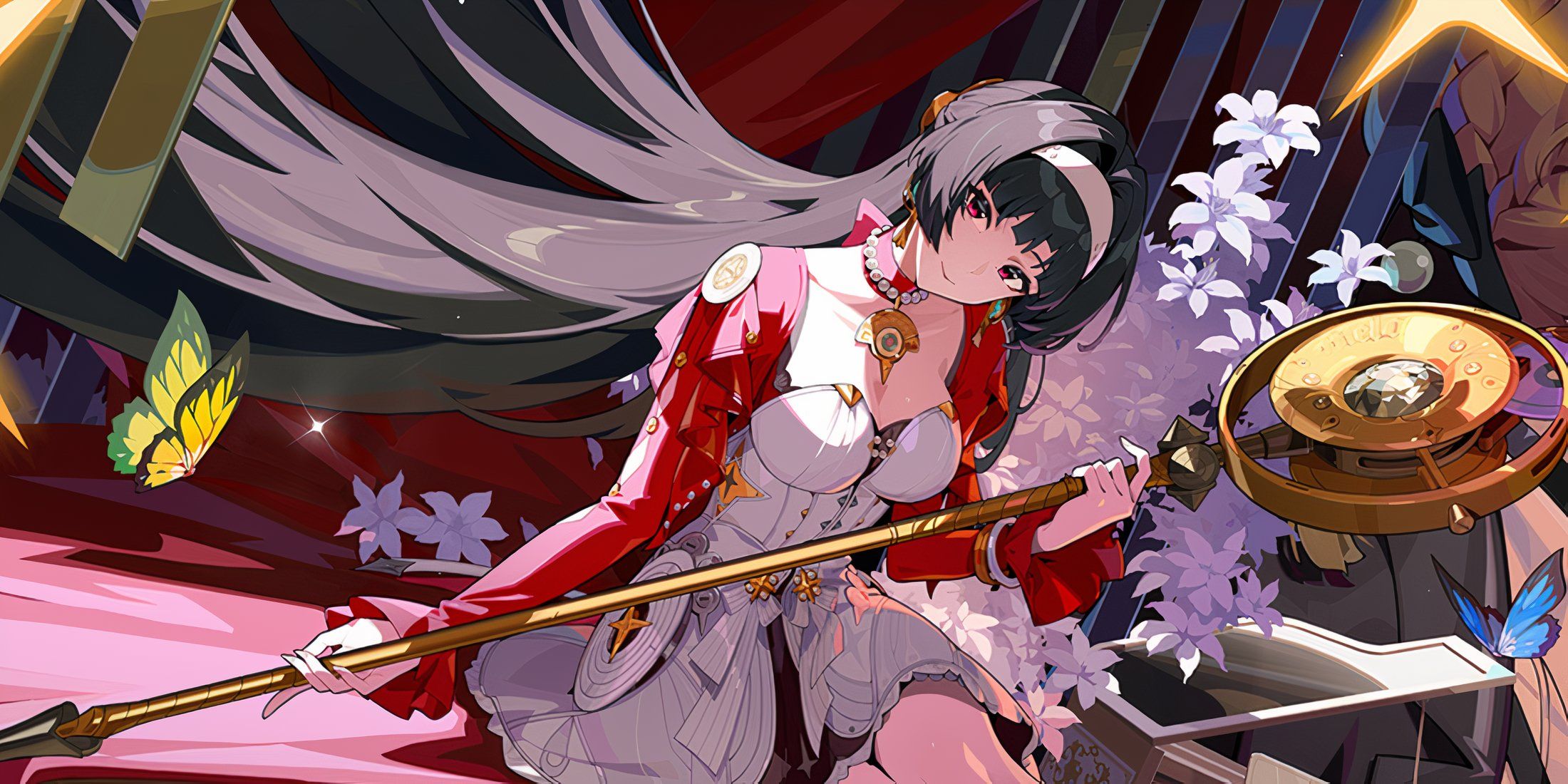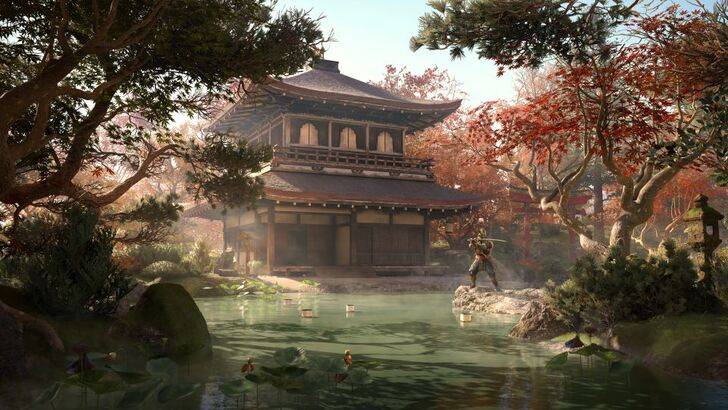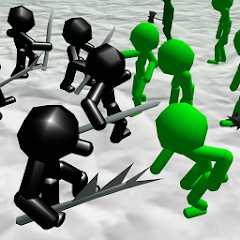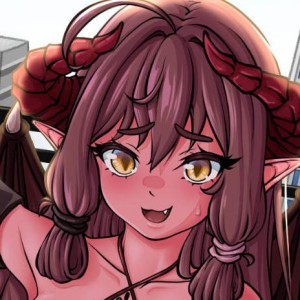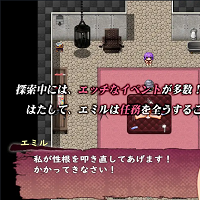Exploring the Fiery Depths of Monster Hunter Wilds' Oilwell Basin: A Deep Dive into its Ecosystem and Inhabitants
Monster Hunter Wilds introduces the Oilwell Basin, a dynamic locale drastically different from its predecessors, the Windward Plains and Scarlet Forest. This new environment, described by director Yuya Tokuda, shifts dramatically depending on the in-game "Fallow," "Inclemency," and "Plenty" cycles. During the Fallow, it's a mud and oil-soaked wasteland; Inclemency brings fiery eruptions, burning away the oilsilt; and Plenty reveals the underlying minerals and ancient artifacts.
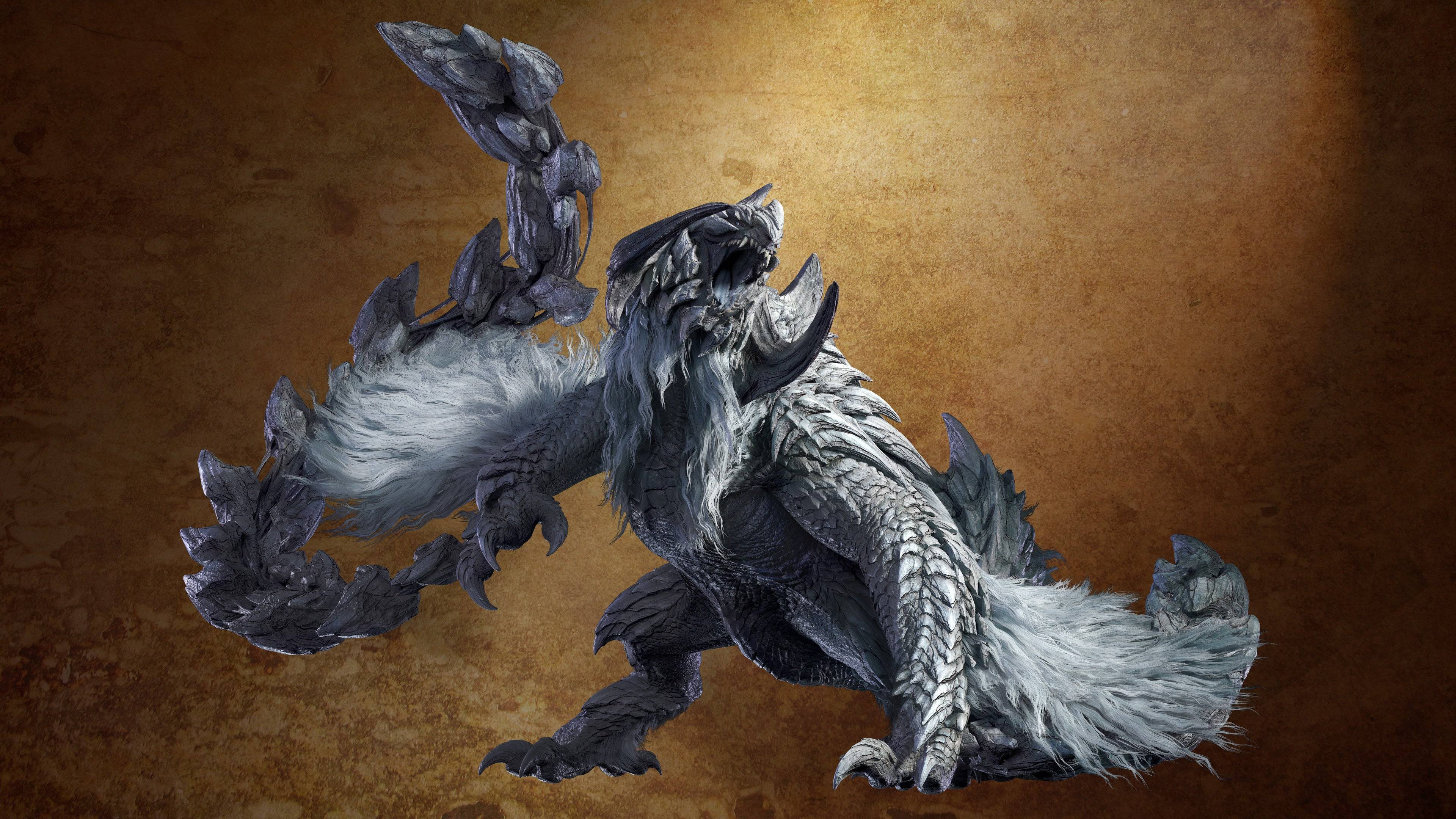
Executive director and art director Kaname Fujioka explains the Oilwell Basin's vertical design, contrasting with the horizontal landscapes of previous areas. The upper strata receive sunlight, while lower levels become increasingly hotter, culminating in lava flows. This verticality influences the unique ecosystem, mirroring deep-sea or underwater volcanic environments. Tokuda highlights the parallels to the Coral Highlands in Monster Hunter: World, showcasing the team's expertise in crafting believable ecosystems.
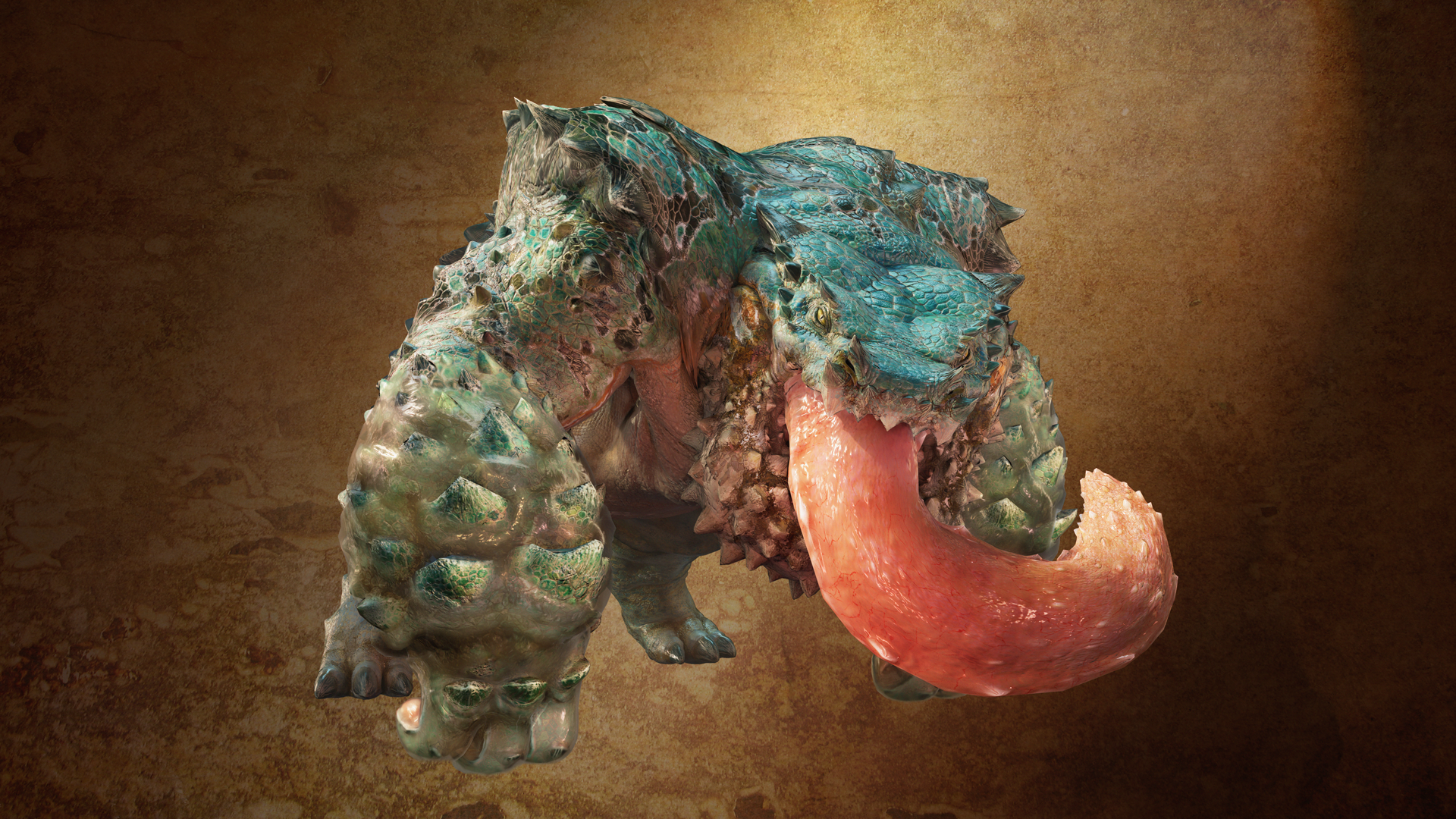
The Oilwell Basin's inhabitants are equally fascinating. Rompopolo, a toxic, globular creature, was inspired by the concept of a "mad scientist," resulting in its chemical purple hue and glowing red eyes. Fujioka emphasizes the contrast between its chaotic nature and the surprisingly cute design of its crafted equipment.
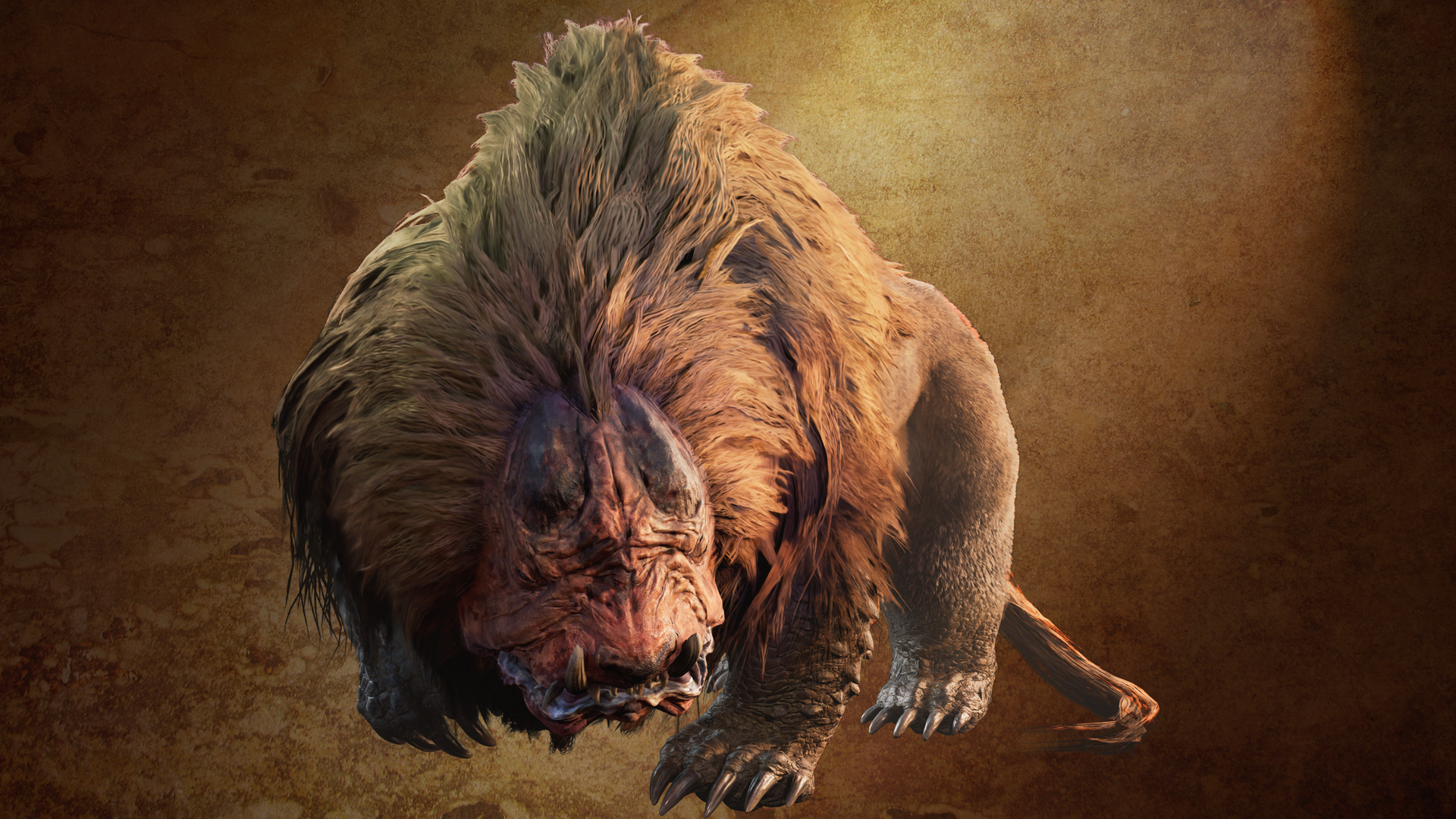
Ajarakan, a fiery gorilla-like monster, provides a stark contrast to Rompopolo. Tokuda explains the design choice of a top-heavy silhouette to better convey its threat, enhanced by flame-based attacks and wrestling-inspired moves. Fujioka adds that Ajarakan's straightforward strength was balanced with visually striking attacks to maintain player engagement.

The apex predator, Nu Udra, is a colossal, tentacled creature resembling a fiery octopus. Fujioka reveals the inspiration behind its design, highlighting the long-held desire to create a tentacled monster with unique movement capabilities. Tokuda emphasizes the demonic imagery in its design and accompanying music, reflecting its position at the top of the food chain.
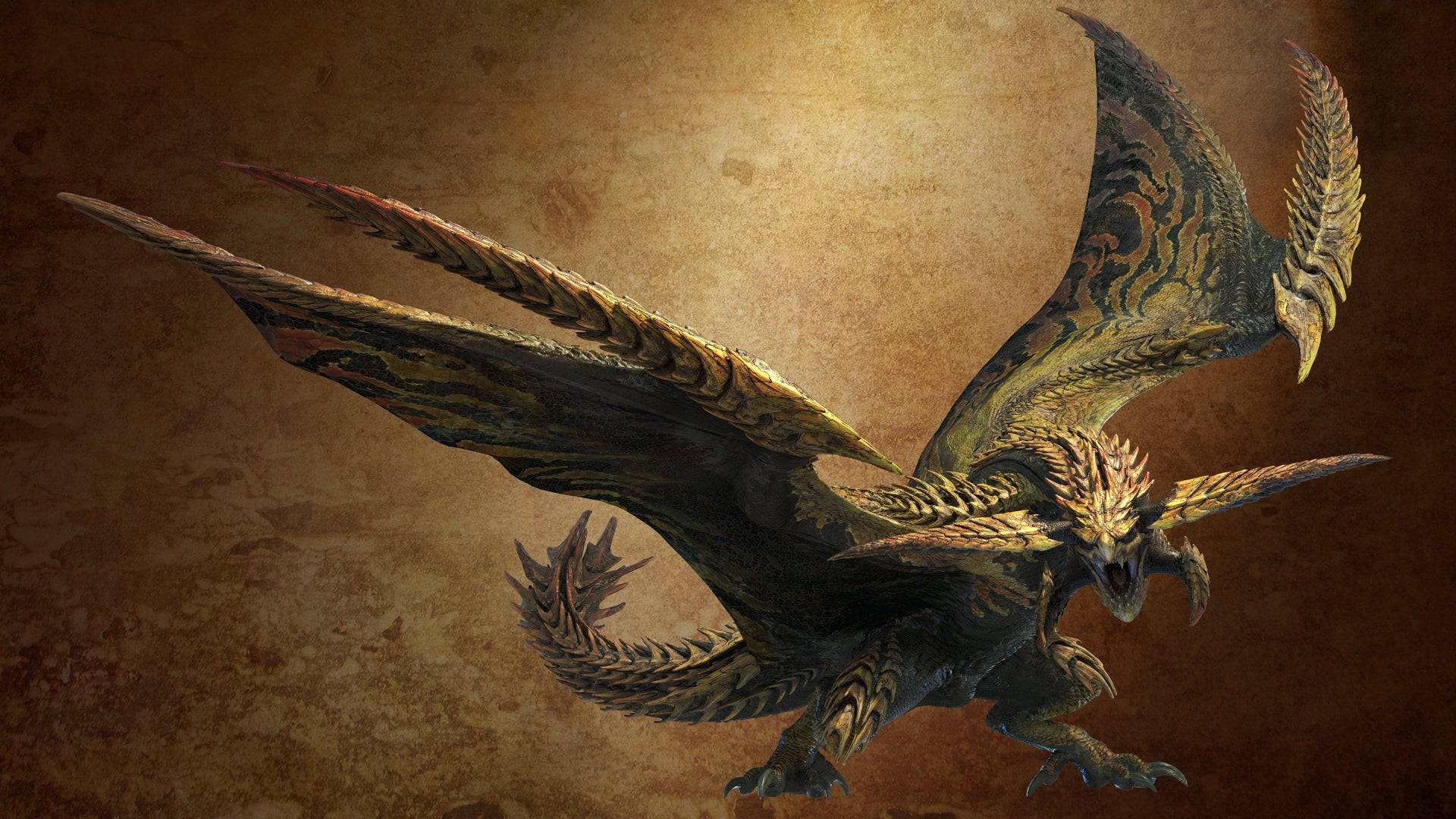
The development team leveraged new technologies to realize Nu Udra's complex animations, particularly its flexible movements and ability to navigate the terrain. Tokuda and Fujioka express pride in the detailed animations, emphasizing the real-time nature of these movements, a feat only possible in video games. Nu Udra's many detachable tentacles present a unique challenge, requiring strategic targeting to maximize rewards and minimize its area-of-effect attacks.
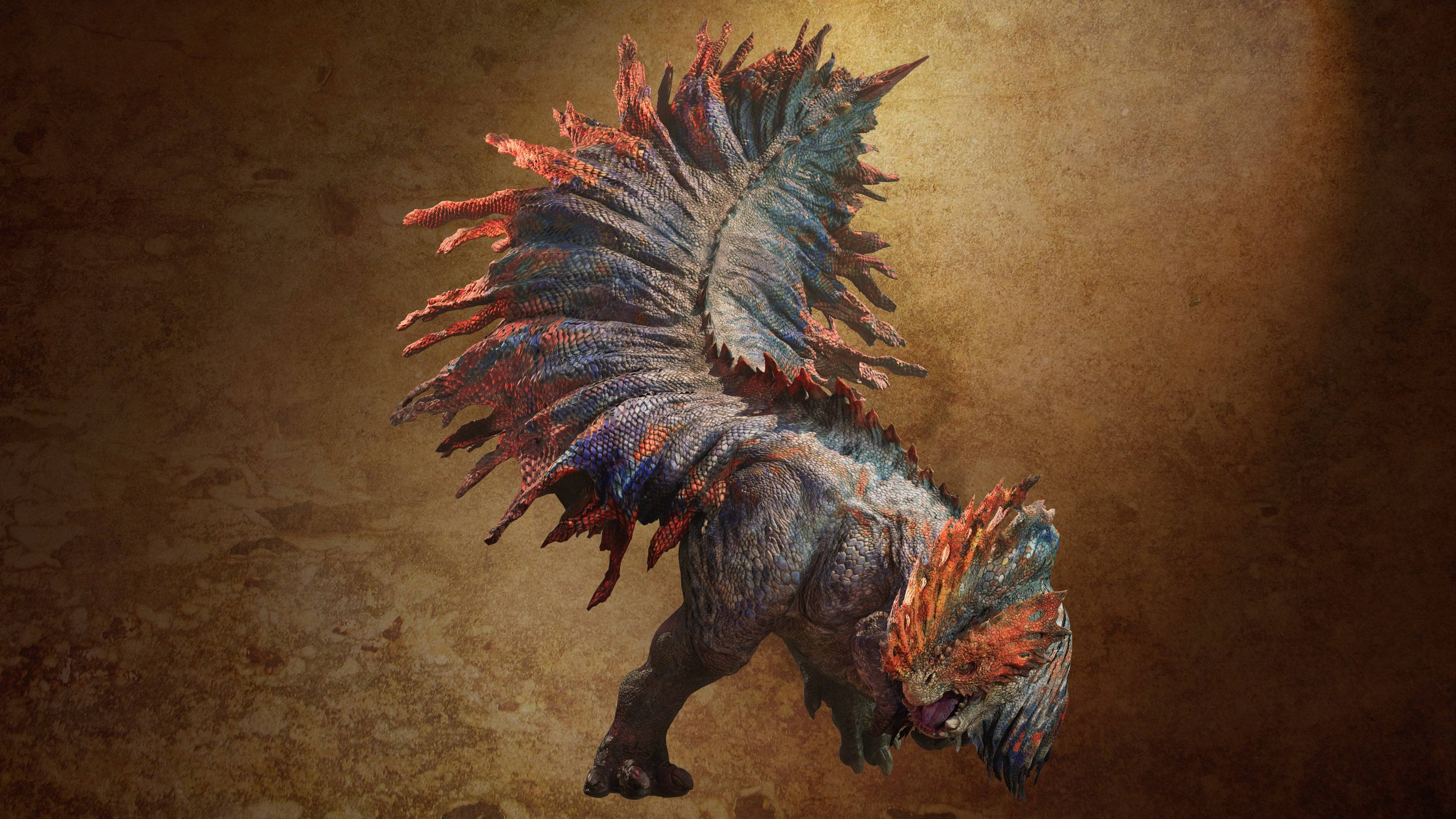
The Oilwell Basin also welcomes the return of Gravios, a formidable monster last seen in Monster Hunter Generations Ultimate. Its resilience and suitability for the environment make it a fitting addition to the new locale. Tokuda explains the careful consideration given to Gravios's inclusion, ensuring it provided a fresh challenge without overshadowing other monsters.


The interview concludes with a reflection on the Monster Hunter team's dedication to monster design, highlighting their commitment to innovative ideas and the use of new technologies to bring their vision to life. The Oilwell Basin, with its diverse and challenging monsters, promises a thrilling hunting experience for players of Monster Hunter Wilds.

 Latest Downloads
Latest Downloads
 Downlaod
Downlaod




 Top News
Top News